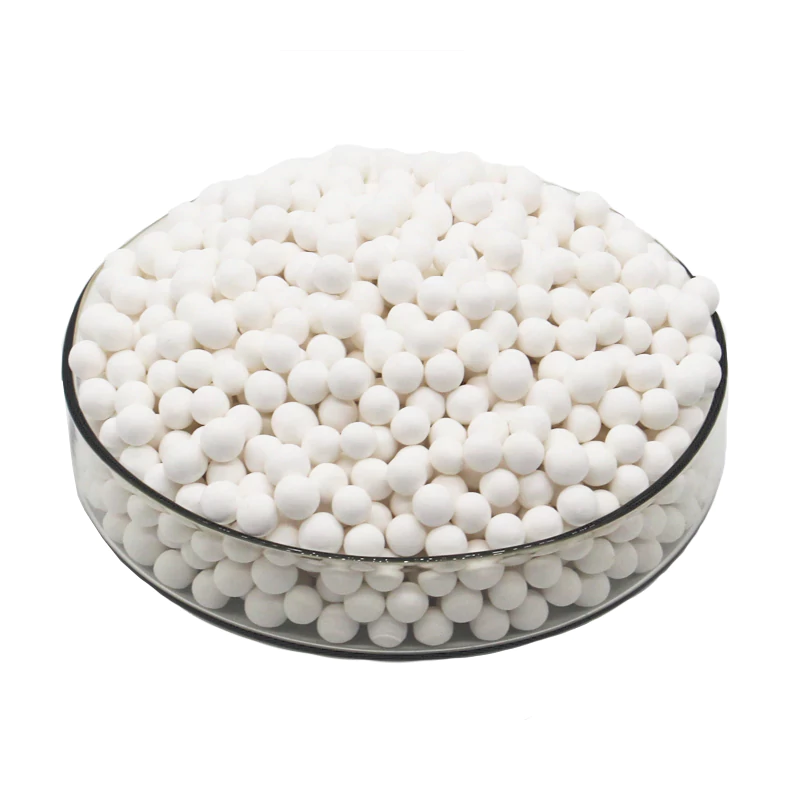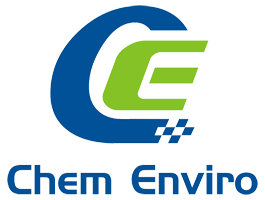The application of chlorine gas is one of the most reliable technologies for the disinfection of drinking water. Still, due to its danger, the installation must have a chlorine leak control system capable of stopping a possible leak in the event of an accident.
Activated Alumina as a Filter
A very reliable chlorine gas removal system is dry scrubbing, which occurs in filtration equipment using chemical adsorption.
The gas is forced to pass through a specially impregnated activated alumina adsorbent bed to remove chlorine, where a rapid sequence of adsorption, absorption, and a chemical reaction occurs.
The filtration equipment is coupled to the vent of the gas storage room. As soon as an abnormal chlorine concentration is detected, the aspiration of the interior of the room would be activated. This way, the mixture of chlorine gas and air captured is forced to pass through the system, resulting in the air at the exit of the equipment chlorine-free.
The Benefits of Using Activated Alumina
This system has significant advantages compared to the traditional “Wet Scrubber” chemical washing with soda:
- The concentrations at the toxic gas outlet are significantly lower.
- They are compact equipment with a simple control system and low operating and maintenance costs.
- Hazardous substances such as soda are not handled.
- The adsorbent can be analyzed, and its activity determined. Thus, after a leak, it is possible to know when the adsorbent has reacted and only replace the one that has run out.
The adsorbent used for chlorination plants can remove at least 12.5% by weight of chlorine (Cl2) and produces an outlet stream with concentrations lower than 5 ppb.
Usually, the equipment is designed for the worst possible scenario, with a sufficient capacity to eliminate all the stored chlorine gas and with an adequate suction speed to extract all the chlorine that goes quickly from liquid to gas.
This same system can be used for containment systems for leaks or other dangerous gases, such as sulfur dioxide.
Other Beneficial Uses of Activated Alumina
The compressed air industry also employs activated alumina desiccant, which can also dry a variety of inorganic liquids and gases. Alumina may be used to dry almost any gas or liquid.
This type of alumina is an excellent adsorbent on gases including acetylene, oxygen, hydrogen, oxygen, and fluids like benzene, hydraulic oils, freon, vegetable oils converter, and kerosene due to its wide surface area (350m2 / g).
Activated alumina is commonly used in heatless and pressure drying systems to provide a steady supply of dry air with a moisture content below -70 ° C dew point. These corrosive acids can be removed by the triggered alumina, shielding expensive devices.
Finally, deodorization systems with activated alumina adsorbents have long become an exciting option to remedy the odor problems in many wastewater treatment facilities. In this way, the stale air captured is forced to pass through chemical adsorbents, capable of eliminating the gases present responsible for odors with an efficiency greater than 99.99%.


